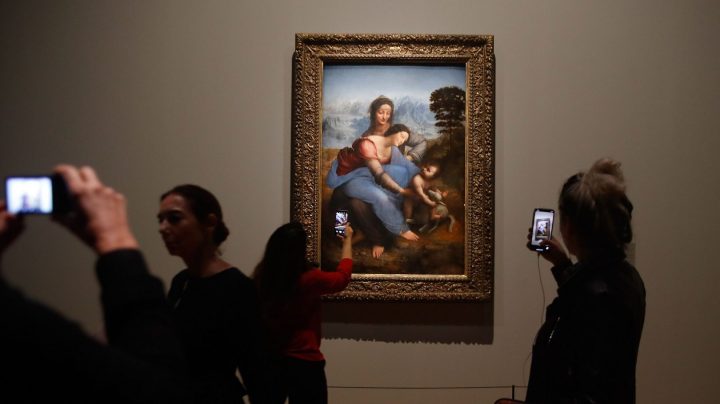
The barter economy behind major art museums

Last week, the Louvre Museum in Paris opened one of the largest exhibits of Leonardo da Vinci’s work, featuring an array of paintings, drawings and sculptures from the Renaissance artist.
But putting this show together was not easy. It took 10 years to curate and negotiations with museums around the world. Certain pieces were unobtainable, and at times deals didn’t go as planned. French President Emmanuel Macron even had to intervene in the negotiations with Italian officials.
Kelly Crow wrote about the making of the exhibit for the Wall Street Journal and spoke to “Marketplace” host Kai Ryssdal about the tough bartering and expensive insurance policies involved in borrowing major art.
“The borrower will cover any damage to the painting, what they call from ‘nail to nail,'” Crow said. “So basically from the time the painting is taken off the nail on a wall at one museum until it returns.”
Click the audio player above to hear the interview.
There’s a lot happening in the world. Through it all, Marketplace is here for you.
You rely on Marketplace to break down the world’s events and tell you how it affects you in a fact-based, approachable way. We rely on your financial support to keep making that possible.
Your donation today powers the independent journalism that you rely on. For just $5/month, you can help sustain Marketplace so we can keep reporting on the things that matter to you.


















